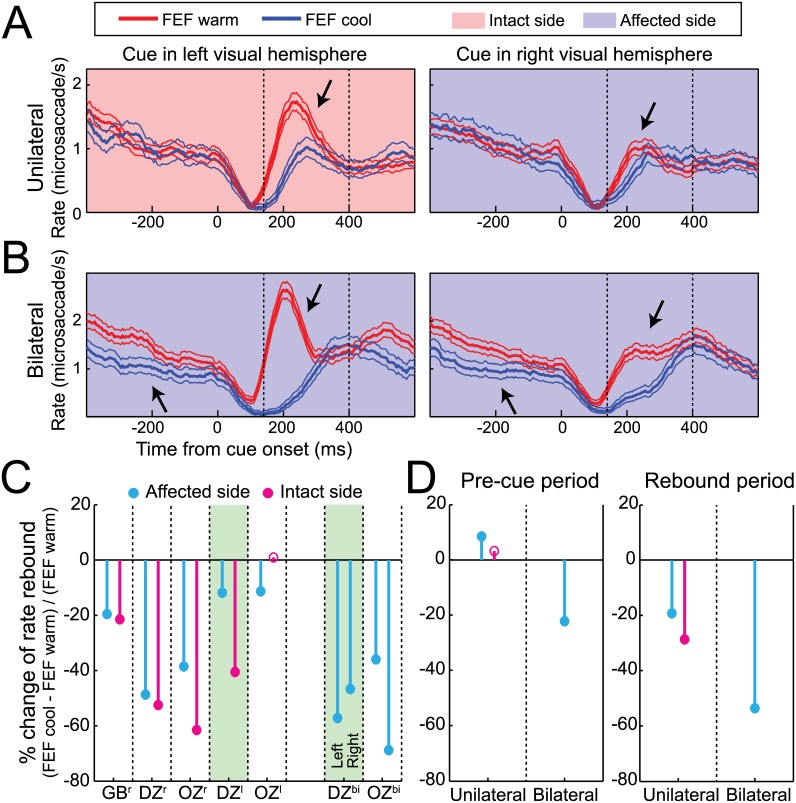Fig 5. FEF inactivation decreased microsaccade rate in response to cues appearing in either visual hemifield.
(A) Time courses of mean microsaccade rate (+/- 95% confidence intervals) in response to cues either in the affected or intact visual hemifield for unilateral FEF warm and FEF cool conditions from our example monkey DZ. As indicated by arrows, unilateral (left) FEF inactivation decreased microsaccade rate in the rebound period for cues appearing in both the intact and affected visual hemifield. (B) Bilateral FEF inactivation produced similar, but quantitatively larger, decreases in microsaccade rate in response to cues in either affected visual hemifield from this same monkey (downward arrows). Bilateral FEF inactivation also decreased microsaccade rate in the pre-cue independent of subsequent cue location (upward arrows). (C) Microsaccade rate in the rebound period consistently decreased for both the intact and affected side across monkeys and inactivation configurations, with somewhat larger effects accompanying bilateral versus unilateral FEF inactivation. (D) Across monkeys, only bilateral FEF inactivation decreased microsaccade rate in the pre-cue period and had a quantitatively larger impact on rate in the rebound period compared to unilateral FEF inactivation. Same format as Fig 2C. Data in Supporting Information (see S5 Data).

